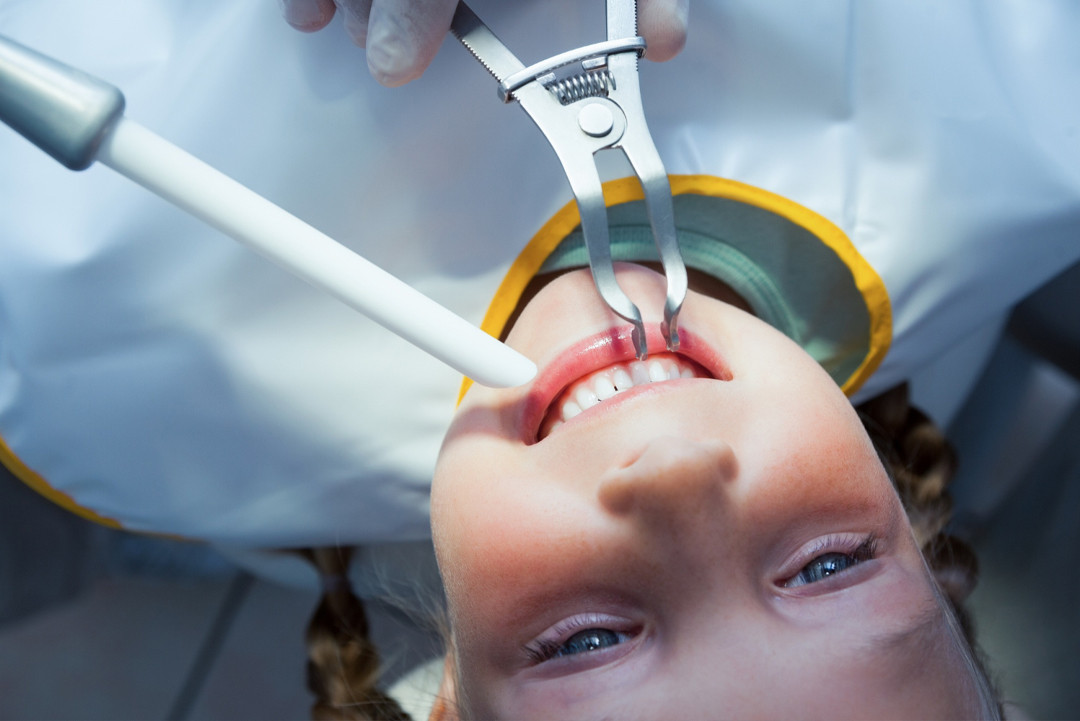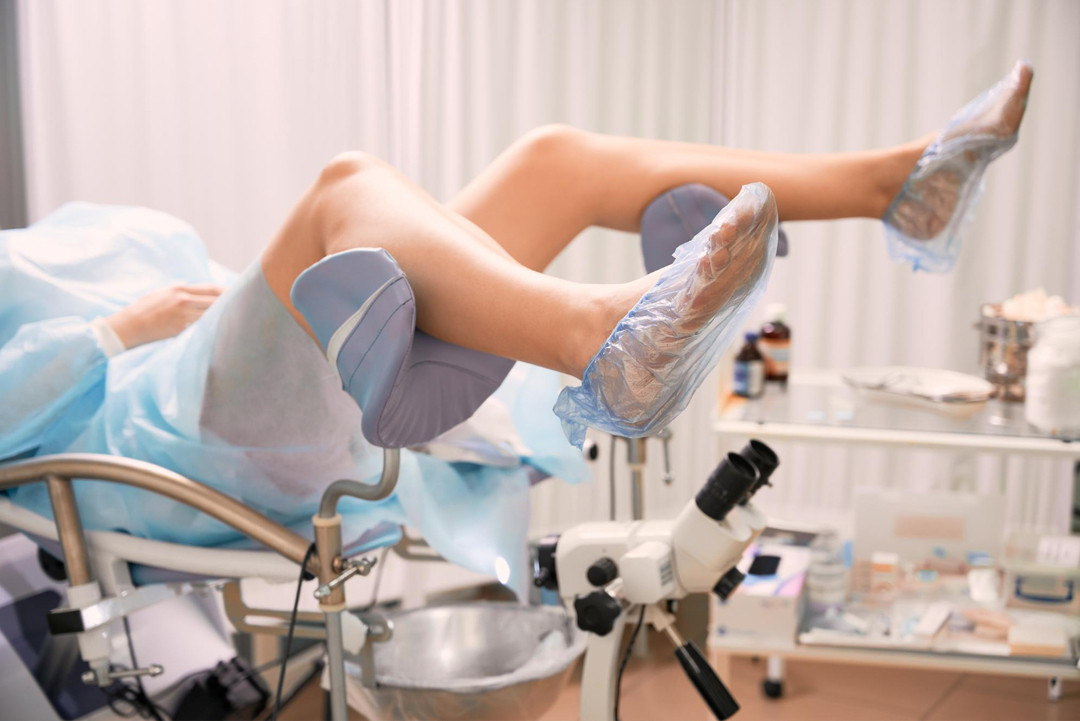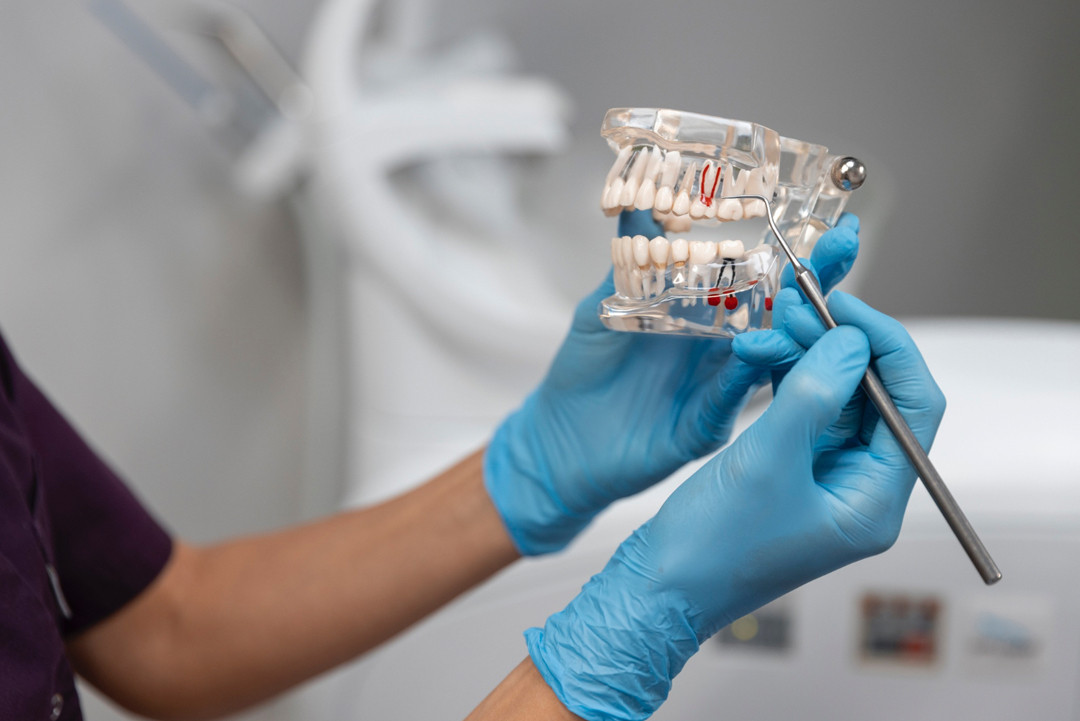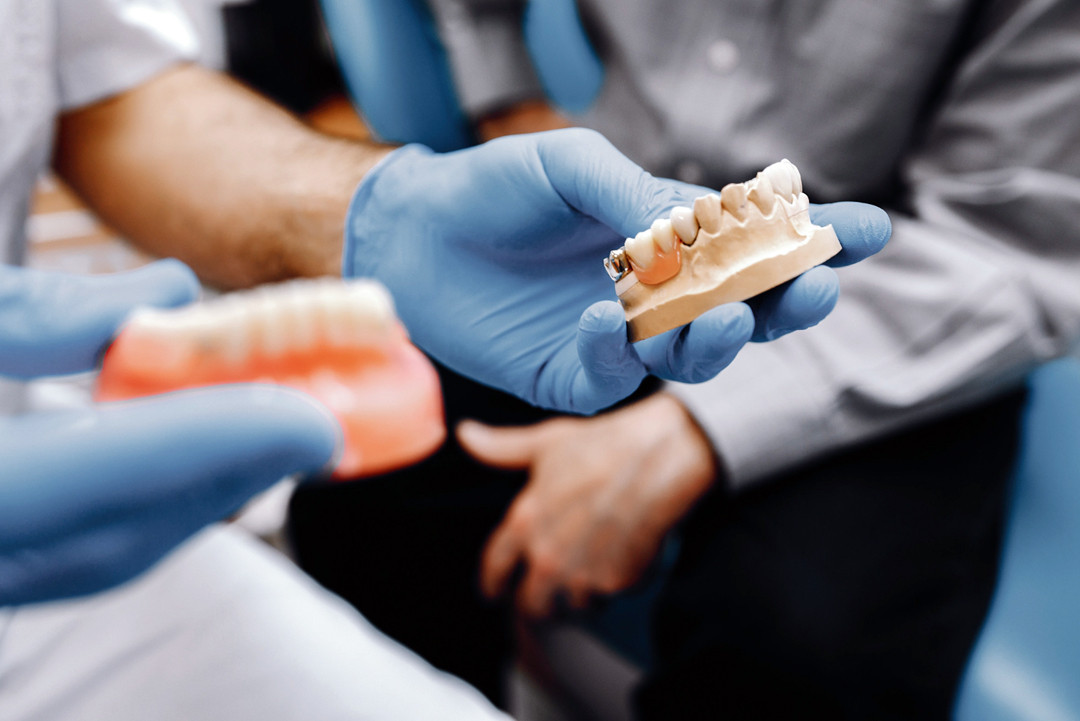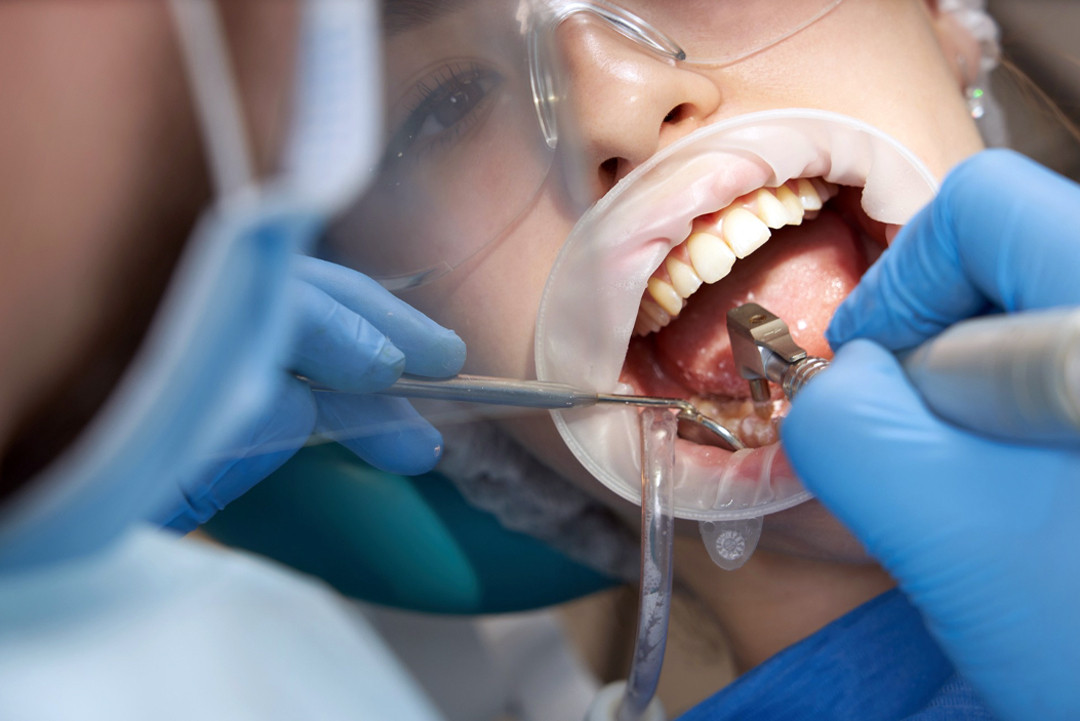Overview of Oral, Dental, and Maxillofacial Surgery
Oral, dental, and maxillofacial surgery focuses on diagnosing, treating, and monitoring conditions affecting the teeth, jaws, face, and oral tissues. These procedures, often performed under local or general anesthesia, address medical and cosmetic concerns ranging from congenital anomalies to facial trauma.
Key Applications of Oral and Maxillofacial Surgery
- Congenital and Functional Defects: Correction of cleft palate, lip, and other birth defects.
- Trauma and Injuries: Treatment of facial trauma, jaw fractures, and damaged tissues.
- Cosmetic Enhancements: Genioplasty (chin surgery) and other aesthetic corrections.
- Chronic Pain Management: Evaluating and addressing persistent facial pain or TMJ disorders.
- Functional Restoration: Enhancing biting, chewing, and swallowing abilities.
- Dental Procedures: Extraction of wisdom teeth, impacted teeth, or tumor-related extractions.
- Infections: Treating infections in the jaw, teeth, and facial regions.
- Implants and Prosthetics: Dental implants, sinus lifting, and grafting before prosthetic placement.
Diagnostic and Treatment Tools in Maxillofacial Surgery
Diagnostic Tools
- Dental X-rays: Identify structural anomalies in teeth and jaw.
- 3D Imaging: Advanced modeling for precision in surgeries.
- CT Scans: Provide detailed cross-sectional views of jaw and face.
- MRI: Evaluate soft tissues and joints in TMJ or oral cancers.
Treatment Modalities
- Orthognathic Surgery: Jaw alignment surgeries such as mandibular and maxillary osteotomies.
- TMJ Surgery: Arthrocentesis, arthroscopy, or open-joint procedures.
- Genioplasty: Aesthetic chin corrections.
- Dental Implants: Includes sinus lifts and bone grafting when required.
- Soft Tissue Repairs: Tumor removal, management of infections, and reconstructive surgeries.
- Botox: Cosmetic and therapeutic applications.
Common Surgical Procedures
- Wisdom Tooth Extraction: Removal of impacted or misaligned wisdom teeth.
- Dental Implants: Restorative treatments to replace missing teeth.
- TMJ Surgery: Treatment for temporomandibular joint disorders.
- Orthognathic Surgery: Realignment of the jaw for functional and aesthetic reasons.
- Facial Trauma Surgery: Repair of fractures and injuries to the face or jaw.
- Genioplasty: Chin reshaping for aesthetic improvement.
When Should You See an Oral and Maxillofacial Surgeon?
- Facial or Jaw Trauma: Accidents leading to fractures or severe injuries.
- Impacted Teeth: Wisdom teeth or other impacted teeth causing pain or alignment issues.
- Persistent Pain: Chronic jaw, facial, or TMJ pain.
- Cosmetic Enhancements: Desire for facial symmetry or chin reshaping.
- Cancer and Tumors: Diagnosis or removal of oral and maxillofacial tumors.
- Infections: Persistent or severe oral infections requiring surgical intervention.
- Orthodontic Issues: Preparatory procedures for braces or other orthodontic treatments.
Benefits of Oral and Maxillofacial Surgery
- Permanent relief from pain and discomfort.
- Restoration of functional abilities like chewing and speaking.
- Enhanced facial aesthetics and symmetry.
- Improved quality of life with tailored surgical interventions.
Potential Risks and Post-Surgical Care
Risks
- Blood loss.
- Infection.
- Nerve damage.
- Jaw joint pain or bite misalignment.
- Risk of reoperation in rare cases.
Post-Surgical Care
- Pain and Swelling: Managed with prescribed medications.
- Diet Adjustments: Temporary dietary changes guided by a dietitian.
- Monitoring for Complications: Watch for signs of infection, such as fever, excessive swelling, or pus.
Conclusion
Oral, dental, and maxillofacial surgery provides comprehensive solutions for both medical and aesthetic concerns. With advanced diagnostic tools and skilled surgeons, patients can achieve effective, long-term results for a wide range of conditions.

